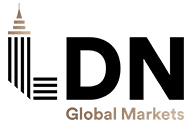The economic outlook for the United States in 2025 presents two primary paths that the American economy might take, shaped largely by the political environment defined by the newly elected administration.
Economic Paths: Growth Stimulation or Uncertainty Risks
Analysts suggest that the tension between economic stimulus policies and uncertainty surrounding trade and regulations forms the core of these projections. The report focuses on key economic indicators for 2025, including GDP growth, unemployment trends, inflation dynamics, and the effects of fiscal and monetary policies.
Trade and Monetary Policy
The projections highlight that the new administration, backed strongly by the Republican Party, might drive the economy toward a dual scenario. One of the central elements is the proposal to impose 60% tariffs on Chinese goods, a measure that could raise core inflation by 0.2%. However, the broader impact on price stability remains uncertain.
On the other hand, the Federal Reserve is expected to continue its monetary easing policy, with gradual interest rate cuts throughout the year. By September, the target interest rate is projected to settle between 3.5% and 3.75%, reflecting cautious optimism about the Fed’s ability to control inflation without harming employment.
Trade: New Challenges
The anticipated tariffs on China pose a threat to trade flows, potentially reducing U.S. export growth and increasing import costs. Furthermore, the possibility of broader tariffs on global trade looms, exacerbating economic uncertainty.
Public Finances: Rising Deficits
On the fiscal front, the report predicts a significant expansion in the federal budget deficit. Extending the 2017 tax cuts and increasing spending on defense and domestic programs could drive the deficit to 7% of GDP by 2026, raising concerns amid slowing economic growth and a saturated labor market.
Investment and Consumer Spending
Institutional investment is expected to see slight growth, driven by increased consumer demand and federal incentives for sectors like infrastructure and technology. However, business spending is likely to remain cautious, with companies prioritizing financial health over expansion.
Consumer spending, a key driver of economic activity, is projected to grow at a slower rate of 2% during the year. This outlook is attributed to slowing wage growth, tighter credit conditions, and lower household savings rates.
Challenges and Opportunities
The forecast suggests that tax cuts and regulatory easing could boost business confidence and productivity, potentially driving economic growth while maintaining inflation stability. Conversely, uncertainty from tariffs, immigration policies, and geopolitical tensions could create a scenario of stagflation, characterized by slower growth and rising inflation risks.
Overview of Economic Indicators
-
GDP Growth: Expected to slow to 2%.
-
Unemployment: Projected to rise slightly to 4.5%, with a gradual easing in labor market tightness.
-
Core Inflation: Anticipated to slow to 2.3% by year-end, near the Fed’s 2% target. However, tariffs on Chinese goods may exert additional inflationary pressure.
Conclusion
While the U.S. economy demonstrates resilience in facing challenges, 2025 carries a mix of opportunities and risks. Trade policies, along with changes in fiscal and monetary strategies, will play a pivotal role in determining the economic trajectory—whether towards fostering growth or creating obstacles that undermine economic stability.







